How rotation axes and hinges on the microscale can improve sensors and pave the way for new sensor concepts? This is exactly what scientists at the Air Force Institute of Technology in Dayton (Ohio) proved by printing miniaturized 3D sensors with dynamic movable parts on fiber. Incorporated hinges and micro axes allow for new sensor concepts such as microrotors for flow sensing and improved sensors by giving access to otherwise inaccessible sites for physical vapor deposition.
3D-printed fiber sensors
with complex moving parts
Sensors are essential for the control of all technological processes and are found in many areas, from simple household devices to wearables and space applications. Only well controlled processes can be optimized. The ideal sensor is highly sensitive, not susceptible to failure and is easy integrable in the process. Miniaturized sensors on the tip of fiber optics offer a great potential here. The sensors provide a small footprint, can be easily multiplexed and do not require an external power supply. For the fabrication of these fiber-based sensors Two-Photon Polymerization technology has proved to be a perfect match. Basically, any design can be manufactured on the microscale. However, most designs are static and printed parts can be not moved after fabrication.
3D-printed hinges and rotation axes for a new sensor generation
Scientists at the Air Force Institute of Technology in Dayton, Ohio, developed a new generation of optical fiber-based sensors with dynamically rotatable parts. They developed smart 3D designs of microhinges and dynamically moving parts printed in a single step, using sacrificial support structures. This clever design and 3D printing strategy enables improved sensors such as Fabry-Pérot sensors with increased sensitivity and novel sensor concepts such as a 3D printed rotor on the fiber for flow measurement.
Fabry-Pérot sensor with improved sensitivity
Fabry-Pérot cavities are probably the most popular example of fiber-based, miniaturized sensors. The response of the sensor is based on the interference of monochromatic light circulating between the partially reflective surfaces inside this cavity. Smallest changes in the pathlengths of the cavity result in a changed interference in the sensor output. The sensitivity increases with the reflectivity of the cavity interfaces. The more light is trapped inside the cavity, the sharper is the spectral response which is expressed as the quality factor of the measurement.
With their new fabrication approach of dynamically rotatable parts the Dayton team could increase the sensor sensitivity tremendously. They designed the Fabry-Pérot cavity with a cap that can be opened and closed attached by a little micro hinge on the main body. This little design trick allows to coat the inside walls of the cavity with a reflecting metal layer and to close the cavity in a second step. The resulting Fabry Pérot cavity showed a quality factor enhancement of two orders of magnitude, compared with a not coated device.
3D-printed microrotors for flow sensing applications
But this design strategy was not only used to improve existing sensor concepts. The project was also intended to demonstrate the feasibility of new sensor concepts with dynamically moving parts. In a second design the researchers 3D-printed a small rotor on the facet of an optical fiber. The light pulses reflected from the rotor could be read out and the sensor thus used to analyze the flow rates.
With the concept of dynamically rotatable 3D Microfabrication the researchers demonstrated how smart designs can improve existing sensors and pave the way for entire new miniaturized sensor concepts.
If you would like to read more about this research project, you can find the complete scientific publication here: https://doi.org/10.1002/adpr.202100359 and https://doi.org/10.1021/acsami.2c01033
This and further scientific publications on more than a thousand research projects from Nanoscribe customers and system users can be found in a powerful database with a keyword search in the Premium Resources section. Register for free to see for yourself the potential of Nanoscribe’s 3D Microfabrication technology for innovative applications and fundamental innovations in many areas, and to evaluate its suitability for your project.
Video information
Video 1: Rendered animation of the flow sensor 3D-printed on an optical fiber. The rotor is mounted on an off-center axis on the fiber facet. The sensor signal is generated by reflected light through the fiber core and enables flow sensing applications.
Video 2: The print simulation of the on-fiber printed flow sensor shows how 3D printing can be used to realize rotation axes and hinges on the microscale. The video was recorded from the print preview of Nanoscribe’s software DeScribe.
GIF: Concept and SEM of an on-fiber printed Fabry Pérot cavity with a movable cap. This cap allows to coat the inner sides of the cavity with a reflective layer, which significantly increases sensor sensitivity. Image: Source is found below this article.
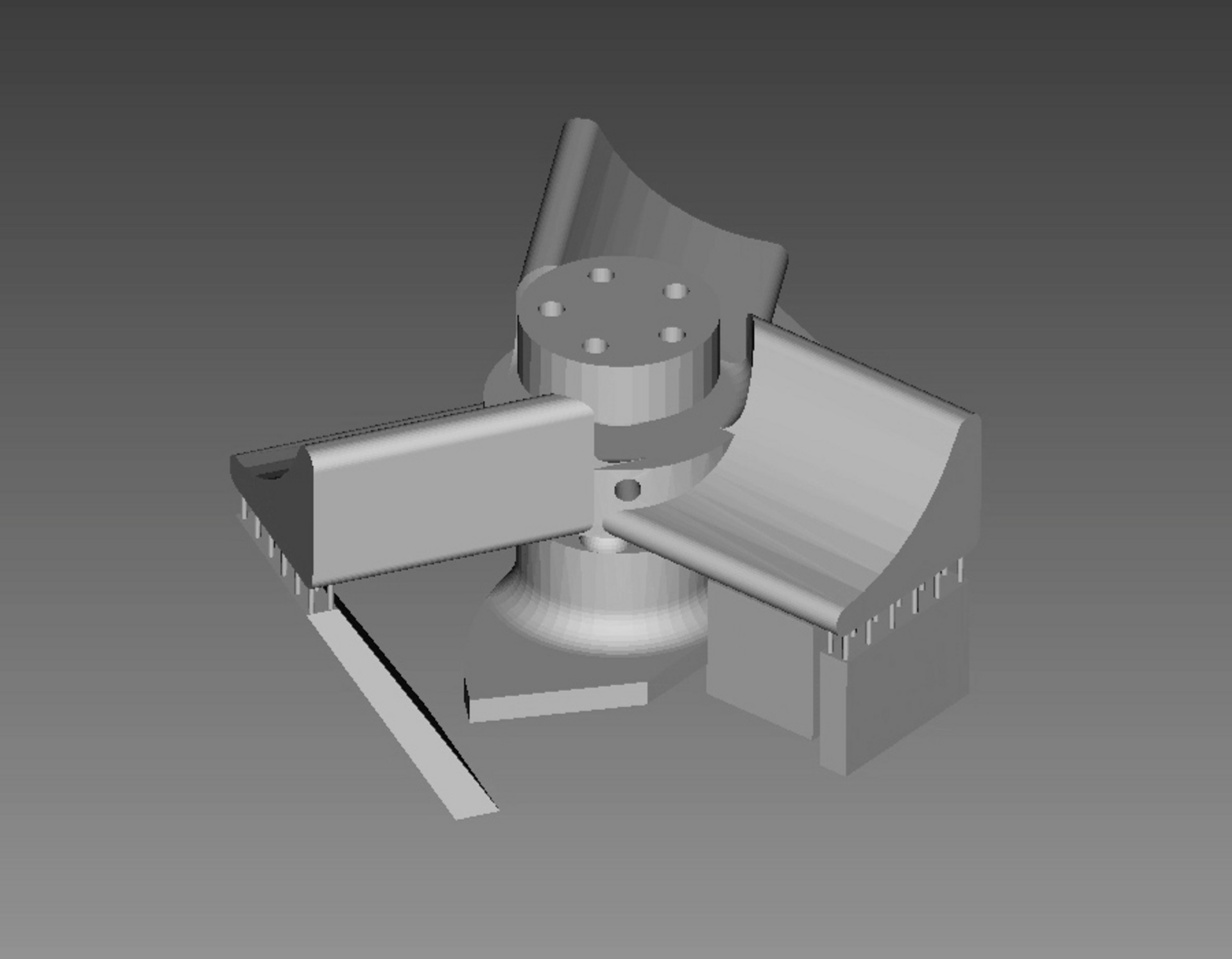
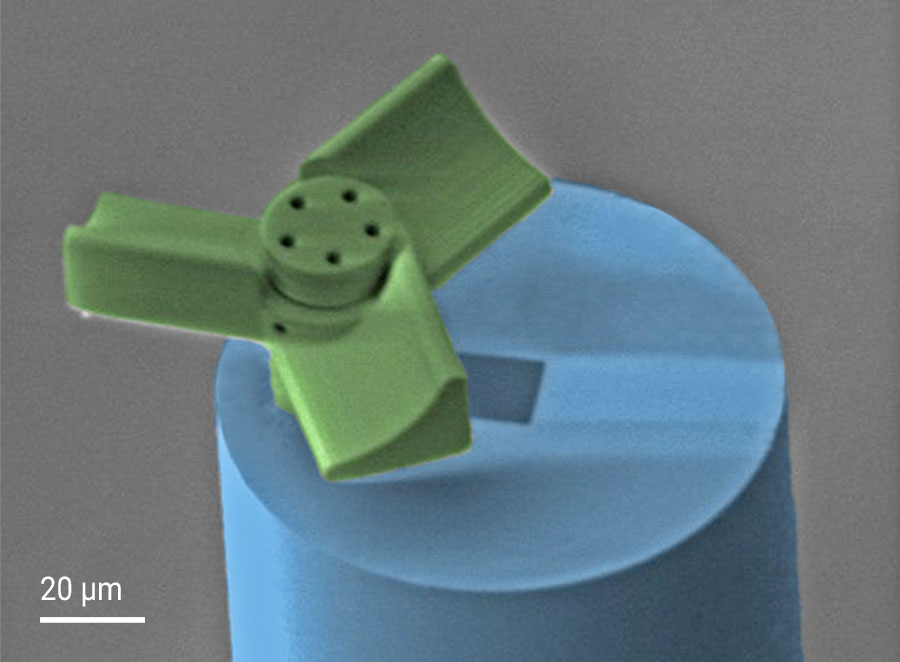
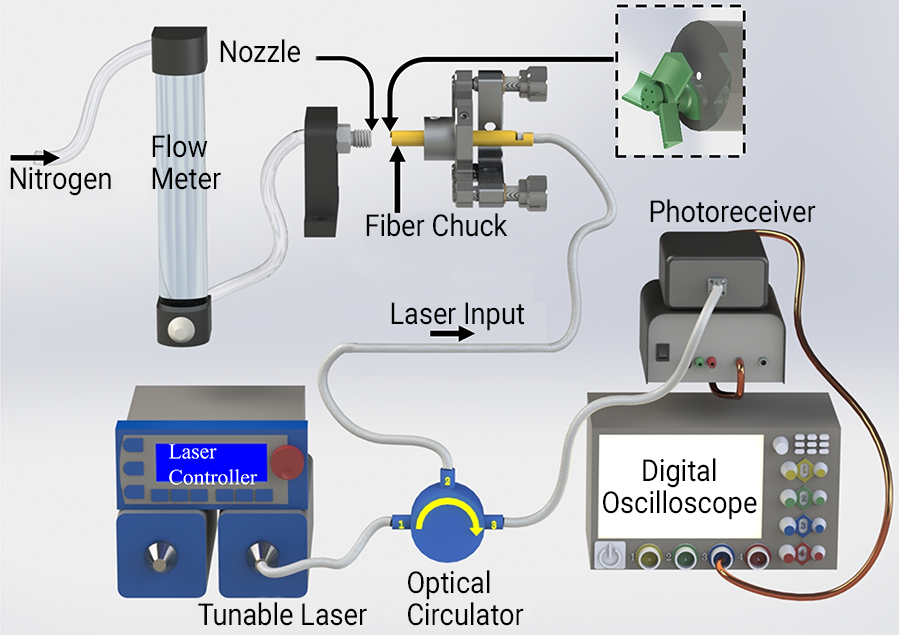
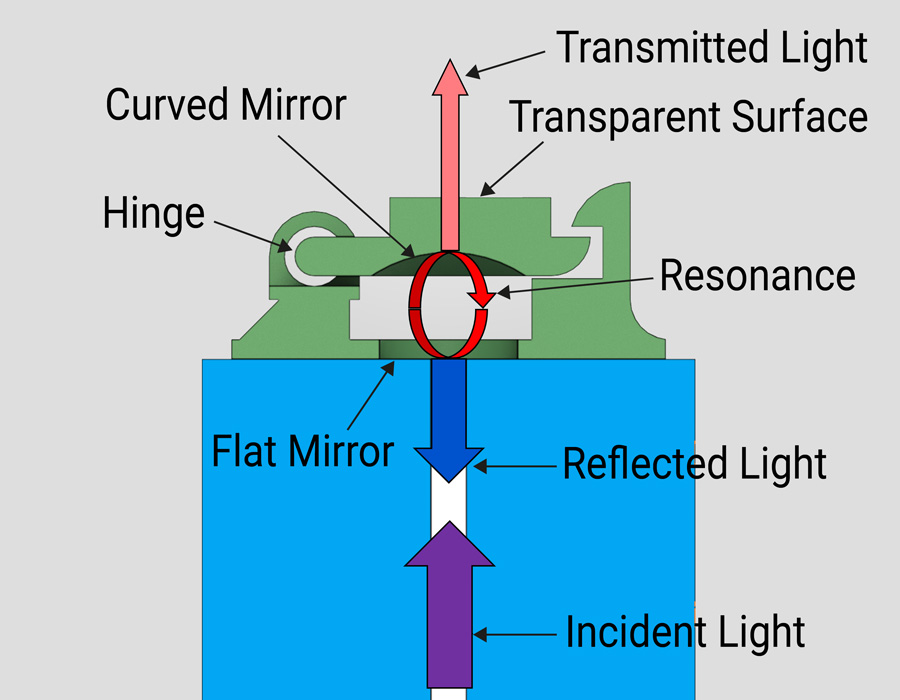
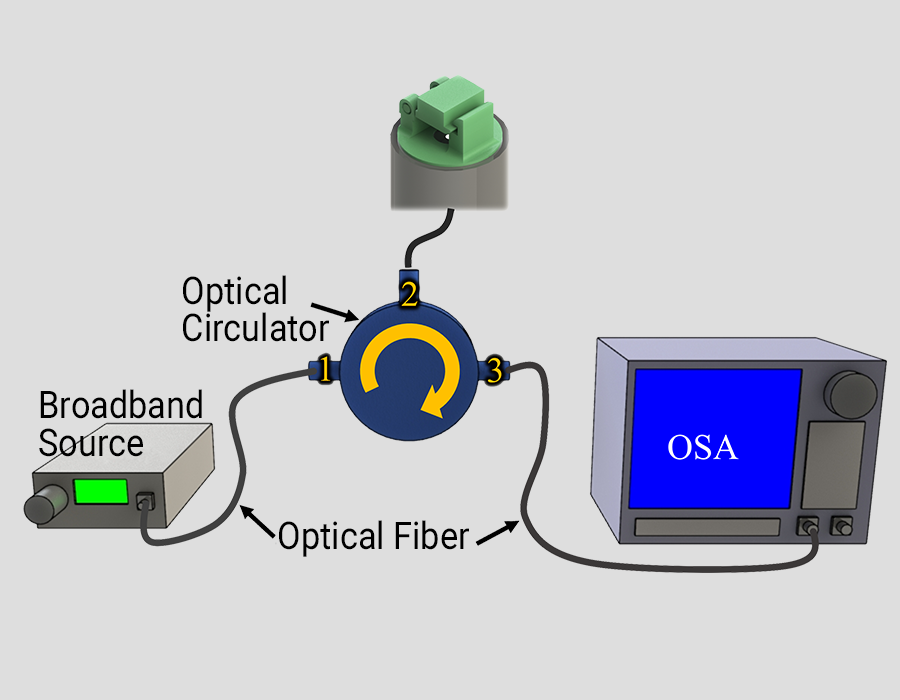
Video and images source:
Williams, Chandrahalim, et al. (2022), Adv. Photonics Res., 3: 2100359, DOI: 10.1002/adpr.202100359
Williams, Chandrahalim, et al. (2022), ACS Applied Materials & Interfaces 14 (17), DOI: 10.1021/acsami.2c01033

